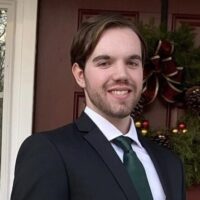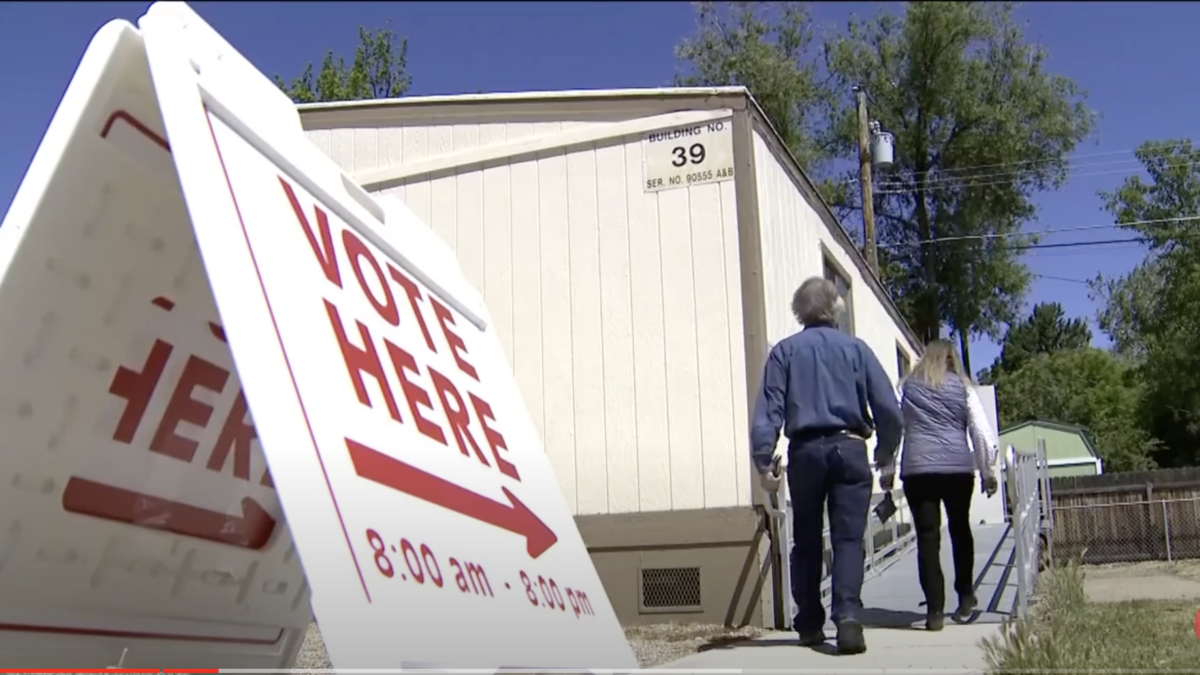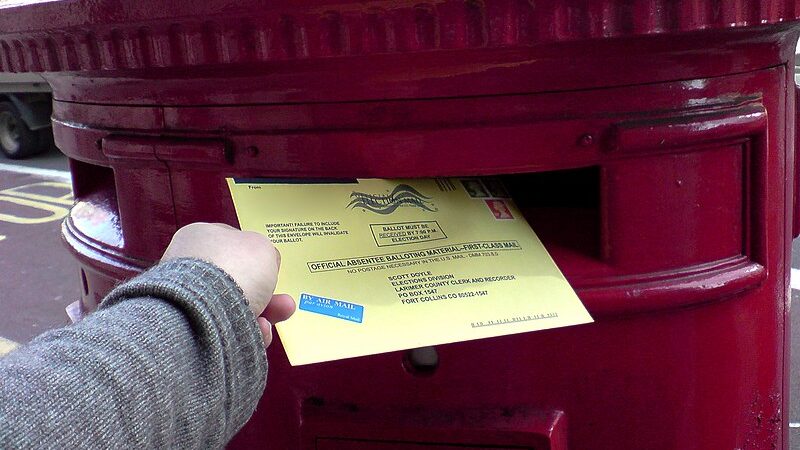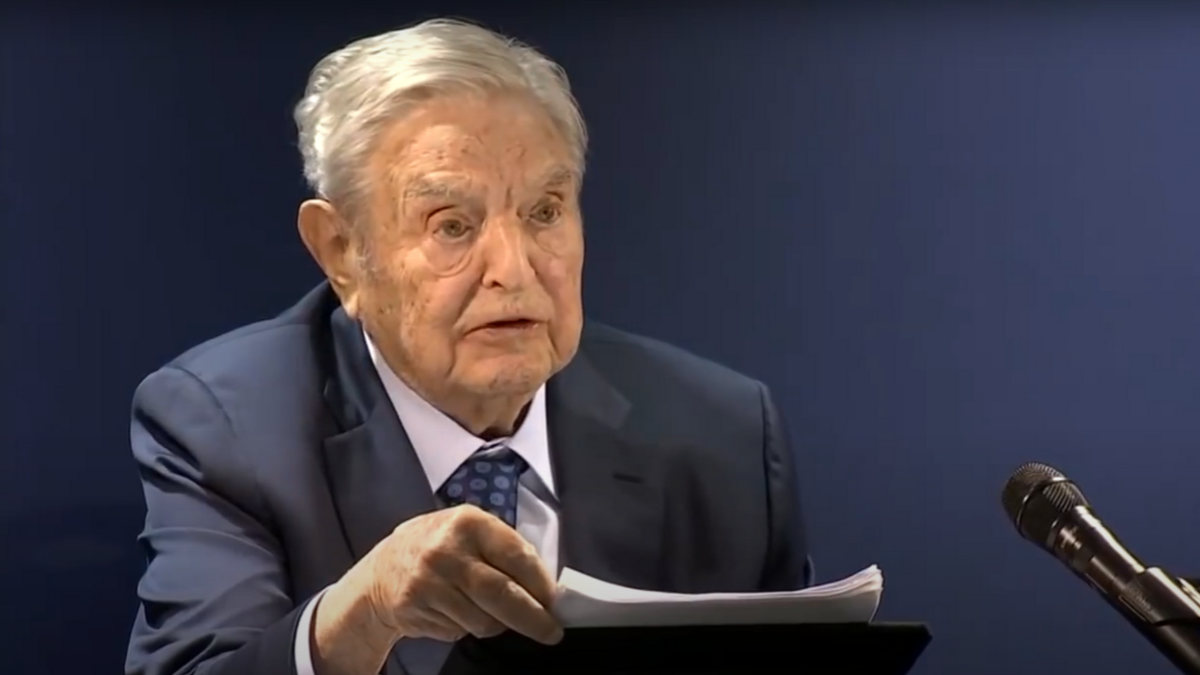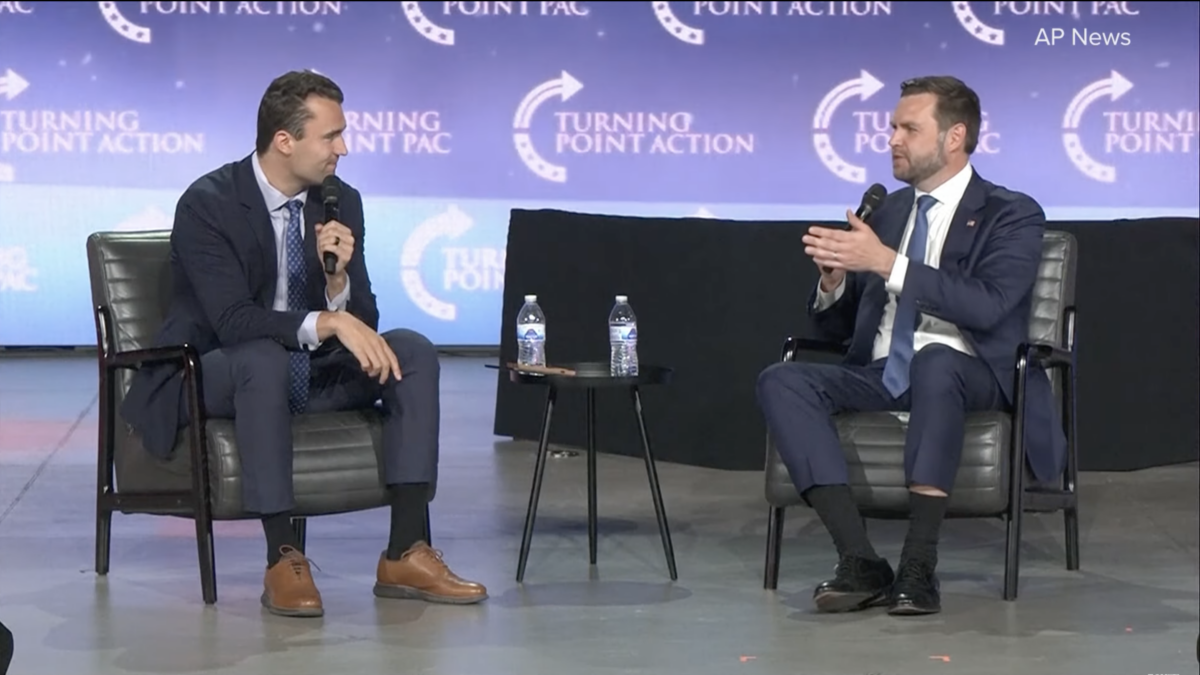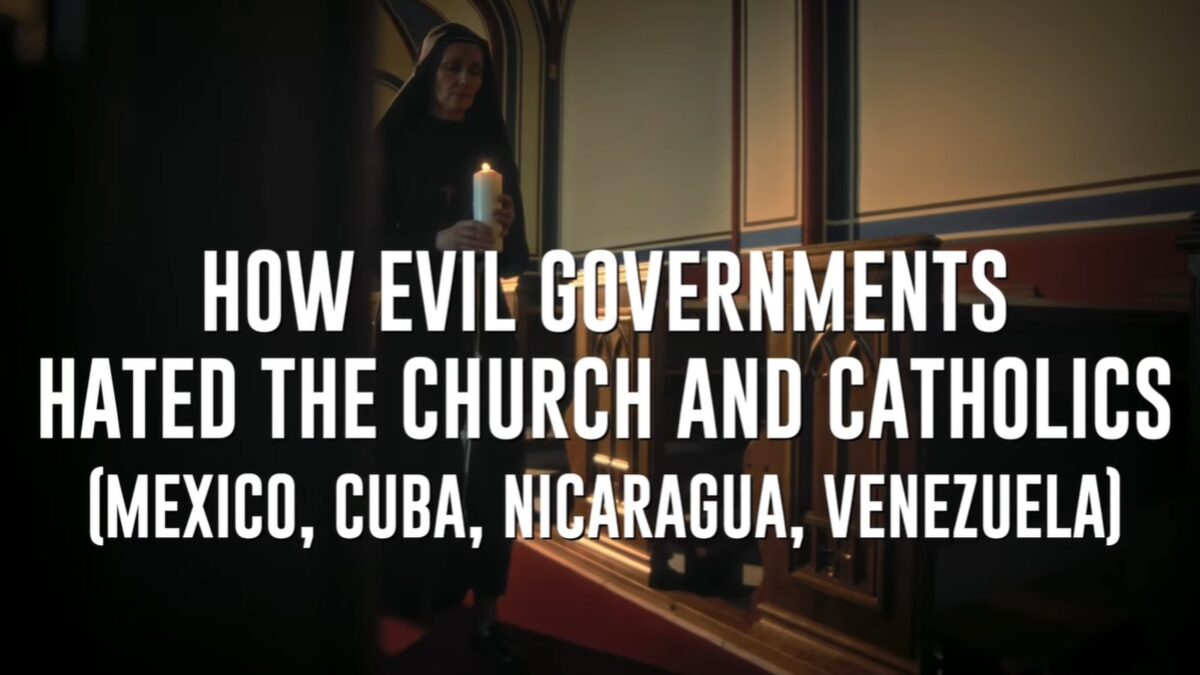Secret Service failed to undertake critical security measures and deprived Donald Trump of ample protection ahead of the attempted assassination against the former president, new information disclosed by congressional members shows.
According to preliminary findings published Sunday by the office of Sen. Ron Johnson, R-Wis., the Secret Service declined to participate in a security briefing provided to local sniper and SWAT teams the morning of Trump’s July 13 rally in Butler County, Pennsylvania. Led by the local emergency services division, the briefing reportedly “provided local law enforcement with images of the security perimeter at the rally — which did not include the American Glass Research (AGR) building where the shooter, Thomas Matthew Crooks, was located — the location of law enforcement agents, and a breakdown of security sectors on the farm show grounds.”
“It is unclear why Secret Service did not participate in this security briefing and the extent to which Butler [Emergency Services] ESU coordinated with Secret Service in creating and implementing the security plan for the rally,” the report reads.
The report says the briefing addressed the potential for drone use, “according to
information obtained by Senator Johnson’s staff.” Local officials told The Wall Street Journal days ago that Crooks “was able to fly a drone and get aerial footage of the western Pennsylvania fairgrounds shortly before the former president was set to speak there.” It remains unclear “whether any action was taken regarding Crooks’ drone and the exact time when Crooks’ drone was discovered,” according to Johnson’s office.
Local law enforcement also allegedly informed Johnson’s team that communications between law enforcement and Secret Service assigned to the rally “were siloed,” with local sniper and SWAT teams operating “on separate radio channels from patrol.”
“According to these individuals, communications had to be routed to Butler ESU command, who would then relay information to either Secret Service or other local law enforcement patrols,” the report reads. “It is unclear why communications were set up this way and whether the lack of direct communications between local law enforcement and Secret Service hindered any response time or decision-making.”
Equally troubling is the timeline of events leading up to Crooks’ assassination attempt. According to Johnson’s office, one local sniper “positioned in the AGR building” first spotted Crooks at 5:10 p.m., an hour before he fired on Trump at 6:11 p.m. Noting that Crooks “seemed suspicious,” the sniper reportedly took photos of Crooks four minutes later and then “saw Crooks again near the AGR building [at 5:32 p.m.] apparently looking at news feeds on his phone and holding a range finder.”
This reportedly prompted the sniper to report Crooks “to a group text of other law enforcement snipers on site and [he] was instructed to report the suspect to command,” which he did at 5:41 p.m., according to the report. Local officials received confirmation that Secret Service “was aware of the messages and requested more information about the suspect’s location” at 5:59 p.m., according to Johnson’s office.
The revelation corroborates previous reporting that local law enforcement had identified Crooks as a potential threat at least 20 minutes before Trump took the stage at the July 13 rally.
The Johnson report further reveals the involvement of the Bureau of Alcohol, Tobacco, and Firearms (ATF) following the attempted assassination. After Crooks was neutralized, local law enforcement joined the Allegheny County Bomb Squad and a presumed Secret Service agent on the roof of the AGR building. An individual on the roof reportedly told Johnson’s office that a member of the former division requested that photos of Crooks’ deceased body be sent to a phone number later determined to be that of ATF, which, according to the report, “was apparently requesting the photos of Crooks for facial recognition purposes.”
While attempting to “establish further talks with the individual with that number,” however, Johnson’s staff received an email from the agency’s acting deputy chief of legislative affairs, who requested the GOP senator’s team “coordinate any of these kinds of requests through our office, so that we may in turn coordinate through Main Justice and our colleagues at FBI.”
Johnson’s office noted, “It is unclear when Secret Service arrived on the roof following the shooting, how Secret Service (and others) accessed the roof of the building, why ATF would be the agency responsible for conducting facial recognition in an attempt to identify Crooks, and whether ATF ultimately did conduct any facial recognition on the photos provided to their agent.”
Local law enforcement also reportedly told Johnson’s office that Secret Service initially planned not to send their own snipers to the July 13 rally. While agency officials reversed course and deployed two sniper teams to the rally, it remains unknown why or when they changed their decision.
[READ: Whistleblowers: Feds Treated Trump’s Butler Rally As A ‘Loose Security’ Event]
Johnson’s findings were published a day after Sen. Chuck Grassley, R-Iowa, sent an inquiry to Secret Service Director Kimberly Cheatle regarding agency communications showing Trump was given a fraction of the security personnel allotted to First Lady Jill Biden, who attended a dinner event in nearby Pittsburgh the day of the attempted assassination. As RealClearPolitics’ Susan Crabtree reported, the letter included emails provided to Grassley’s office by agency whistleblowers revealing that the Secret Service “provided only three agency personnel for ‘post-standing’ Trump’s fateful July 13 Pennsylvania rally, compared to the 12 post-standers” assigned to protect the first lady.
Grassley’s investigation into the Secret Service’s failure to prevent Crooks’ attempted assassination follows the Biden Department of Homeland Security’s repeated refusal to provide Trump with increased protection ahead of the July 13 rally.
Federalist CEO Sean Davis reported hours after the attempt on Trump’s life that the former president’s security detail had “been asking for beefed up protection and resources for weeks, but [was] rebuffed time and again by Biden’s DHS.” Secret Service spokesman Anthony Guglielmi initially denied these allegations but admitted to The Washington Post this weekend that the agency did, in fact, rebuff requests by Trump’s team for additional security personnel.

